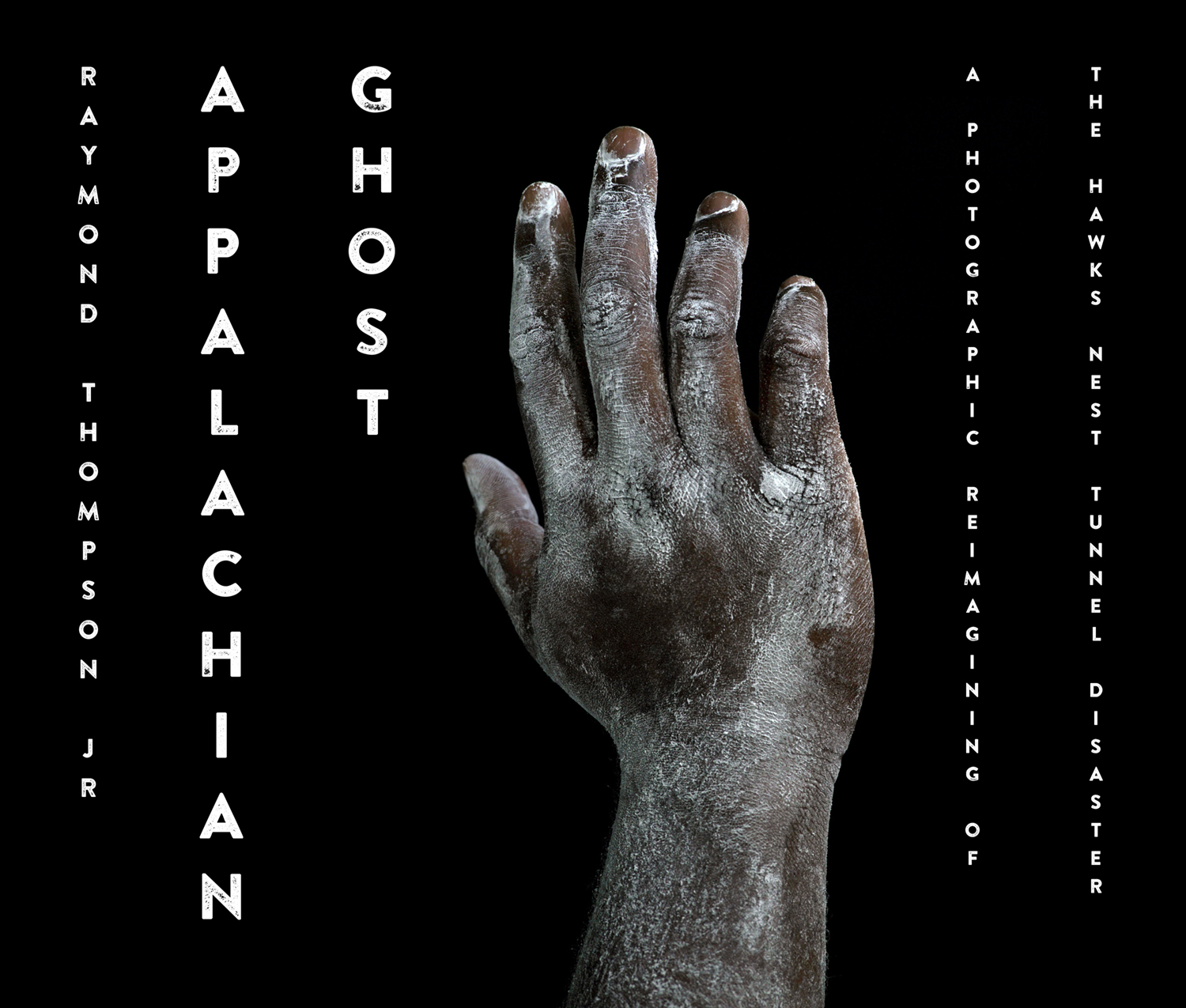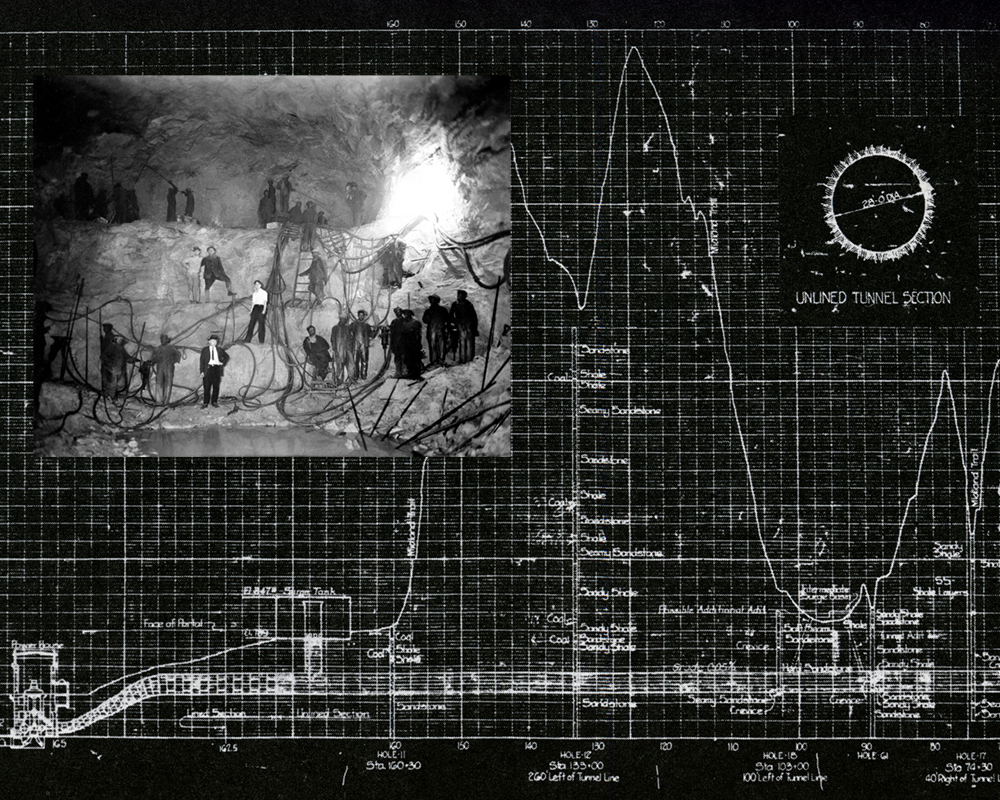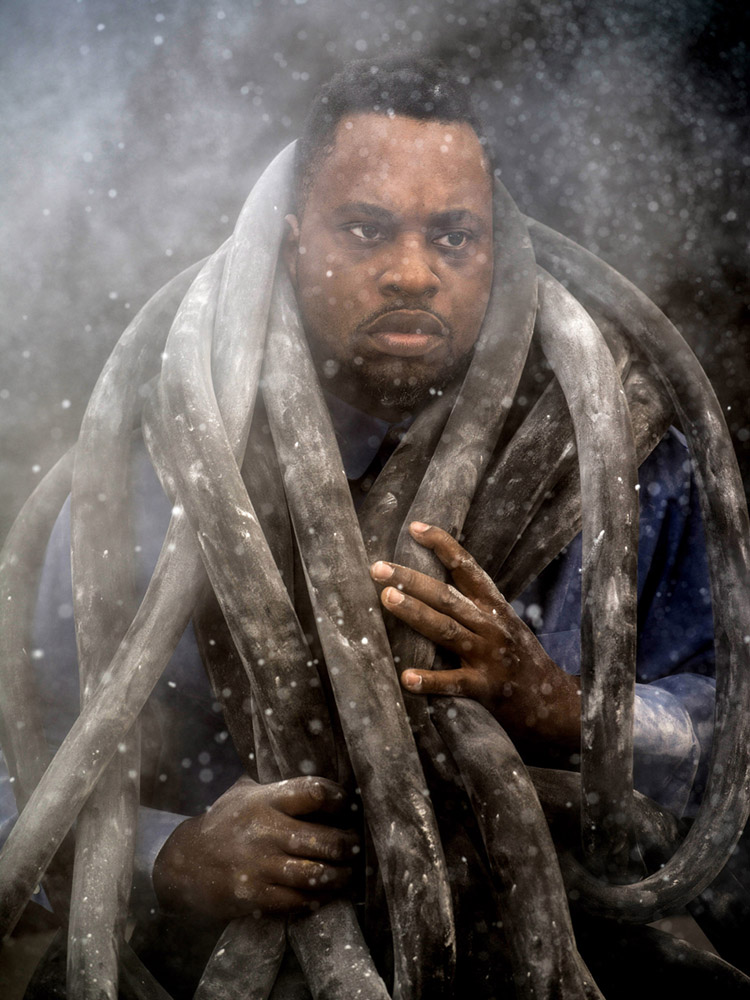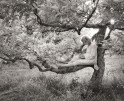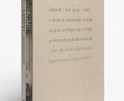Raymond Thompson, Jr.: Appalachian Ghost
I first discovered the work of Raymond Thompson Jr. when he submitted to the 2021 Lenscratch Student Prize Award. The level of his art making garnered a first place nod and I have closely followed his career ever since. The University of Kentucky has recently published a monograph of his stellar work, Appalachian Ghost: A Photographic Reimagining of the Hawk’s Nest Tunnel Disaster. With a foreword by Foreword by Catherine Venable Moore and an Afterword by Rebecca Altman, the book explores the possibilities of a tragedy by reviving the faces and spaces of Hawk’s Nest. Using primary source materials to re-create the workers’ experiences in photographs, Thompson recontextualizes archival images to present a counter-archive that positions the Black experience at Hawk’s Nest within the larger story of the American labor landscape. His photographs and poetry give voice to the silenced, resisting revisionist narratives that often ignore the sacrifices of African Americans and erase their instrumental role in the development of America’s infrastructure.
In the early days of the Great Depression, the search for steady work drove thousands of migrant laborers—many of whom were African American—from all over Appalachia to a rural area near Fayetteville, West Virginia. Union Carbide Corporation had begun construction on a three-mile tunnel to divert the New River, and many hands were needed.
Toiling for five years in confined spaces with poor ventilation, no means of dust control, and limited use of personal breathing protection, the workers were repeatedly exposed to pure silica dust. Many developed silicosis, an incurable and debilitating lung disease that is estimated to have caused the deaths of nearly eight hundred workers, two-thirds of whom were Black. Soon after, the US House of Representatives Committee on Labor classified silicosis as an occupational hazard. Despite the disaster’s impact, information about its severity was largely suppressed—a decision that ensured the event faded quickly from public memory. Aside from a small plaque at Hawk’s Nest State Park, which inaccurately admits to only 109 victims, there is little to mark the site of the worst industrial accident to date in the United States.
Upcoming events:
Raymond Thompson Jr., author of APPALACHIAN GHOST, featured for Ohio County Public Library’s Lunch with Books
Monday. June 17, 2024 | 12:00 pm
Ohio County Public Library | 52 16th Street, Wheeling WV 2600
Raymond Thompson Jr. speaking about APPALACHIAN GHOST at The Lab at Silver Eye Education Center
Tuesday. June 18, 2024 | 6:00 pm
The Lab @ Silver Eye Education Center | 5228 Penn Ave #201, Pittsburgh PA 15224
Raymond Thompson Jr. signing APPALACHIAN GHOST at the Co-Op on Pleasant, in collaboration with Monkey Wrench Books
Wednesday. June 19, 2024 | 6:30 pm
Co-Op Art Venue on Pleasant | 131 Pleasant Street , Morgantown, WV 26505
Raymond Thompson Jr. discussing APPALACHIAN GHOST at Bottom Feeder Books
Friday. June 21, 2024 | 6:00 pm
Bottom Feeder Books | 415 Gettysburg St. Pittsburgh, PA 15206
Raymond Thompson Jr. signing APPALACHIAN GHOST at Taylor Books
Saturday. June 22, 2024 | 2:00 pm
Taylor Books | 226 Capitol Street, Charleston, WV 25301
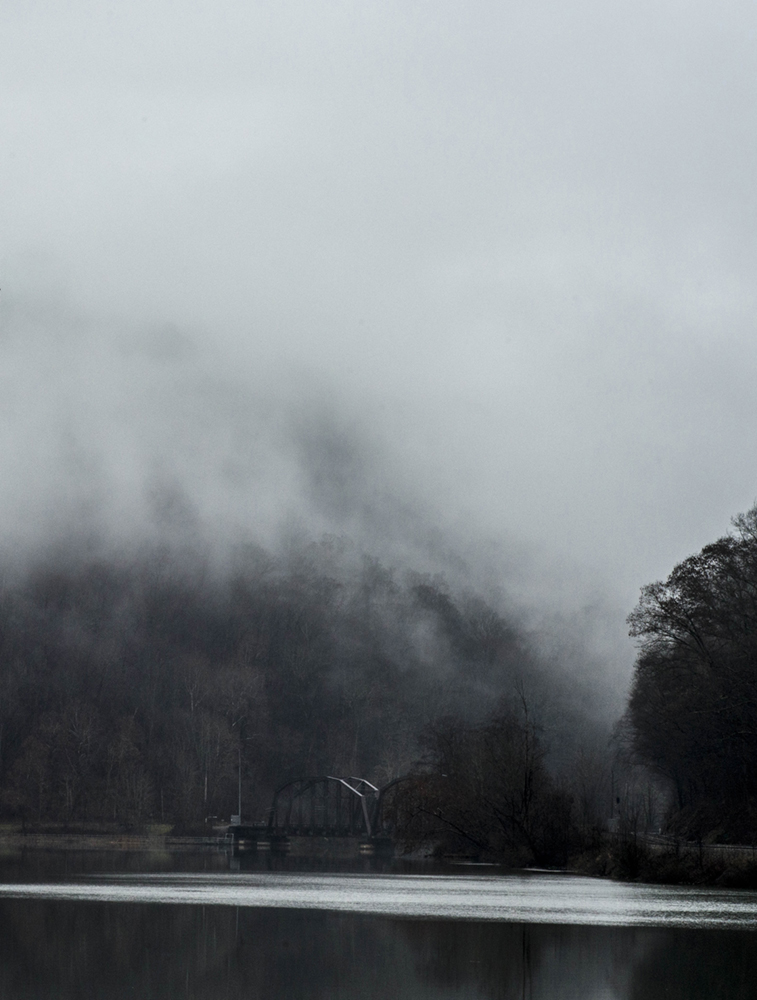
©Raymond Thompson Jr, Railroad trestle above dam, 2018, Ansted, WV. from Appalachian Ghost, published by the University Press of Kentucky
Appalachian Ghost: Hawks Nest Tunnel Disaster
In the 1930s, word of gainful employment attracted men from the mid-Atlantic region to work on the construction of a hydroelectric project near Fayetteville, WV.During the process of digging a 3-mile tunnel that would divert the New River, workers were exposed to pure silica dust due to improper drilling techniques.
Many developed a lung disease known as silicosis. This incurable disease severely damages the lungs, leading to shortness of breath and then death. Approximately 5000 men worked on the Hawks Nest Tunnel construction project, and an estimated 2,900 worked within the tunnel. Of those who work underground, an estimated 764 workers died. Two-thirds of those workers were African American. This industrial disaster was one of the worst in American history. The gravity of the event is almost unmarked in the West Virginia landscape. Besides a West Virginia Department of Culture and History plaque at the Hawks Nest State Park, which lists the dead at 109, a significantly lower number than the actual number killed, there is very little to mark the site. But the lives of these workers, whose ancestral bones still dot the creeks, hollers, and mountains that make up this landscape, still haunt the historical archive.
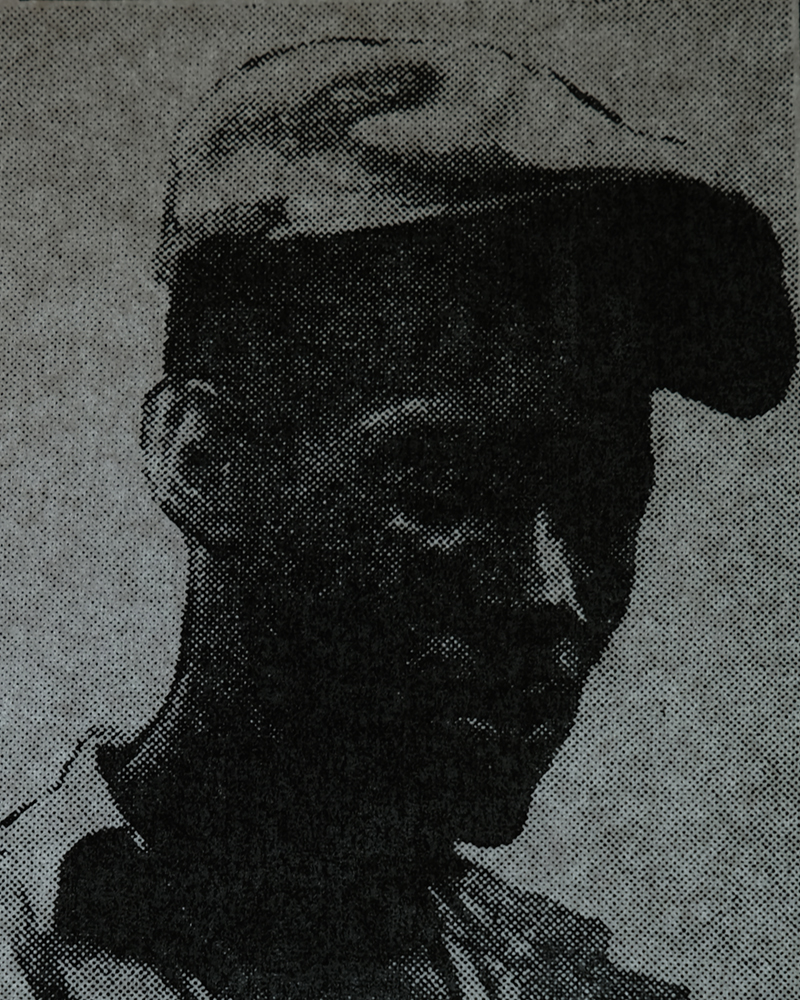
©Raymond Thompson Jr, Sen. Holt Letter. from Appalachian Ghost, published by the University Press of Kentucky
Raymond Thompson Jr. is an interdisciplinary artist, educator, and visual journalist based in Austin, TX. He works as an Assistant Professor of Photojournalism at the University of Texas at Austin. He has received an MFA in Photography from West Virginia University and a MA in Journalism from the University of Texas at Austin. He also graduated from the University of Mary Washington with a BA in American Studies. He was the 2023 winner of the 1619 Aftermath Grant. He has been a freelance photographer for The New York Times, The Intercept, NBC News, NPR, Politico, ProPublica, The Nature Conservancy, ACLU, WBEZ, Google, Merrell, and the Associated Press.
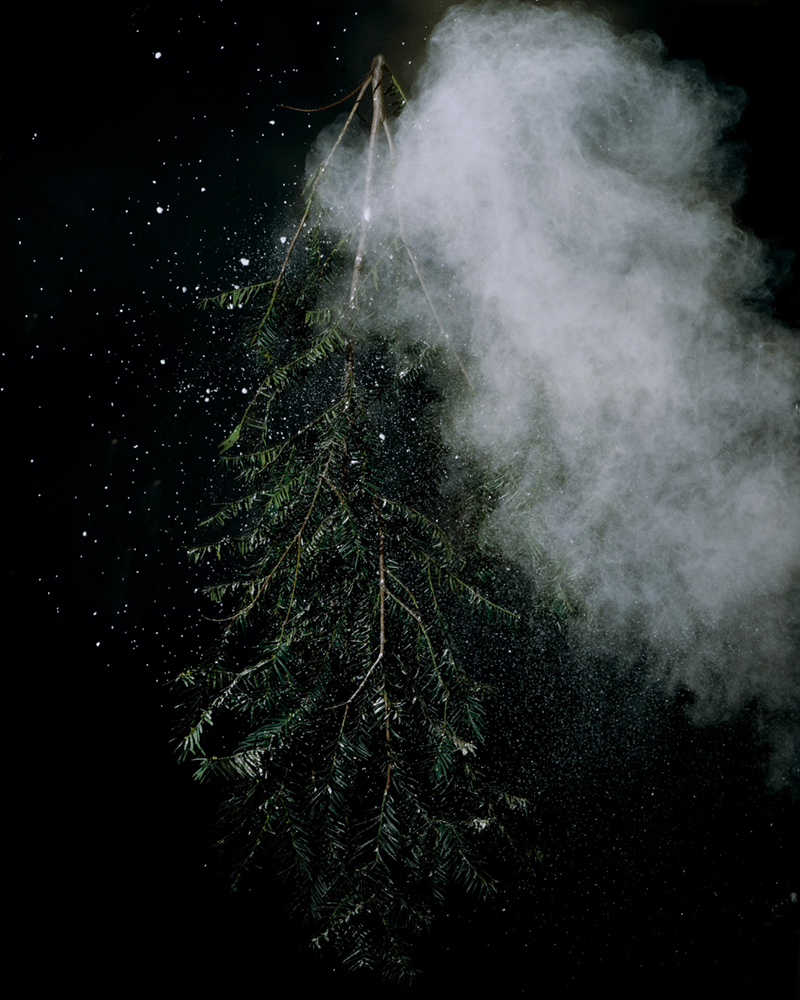
©Raymond Thompson Jr, Tunnelitis 4, 2019. from Appalachian Ghost, published by the University Press of Kentucky
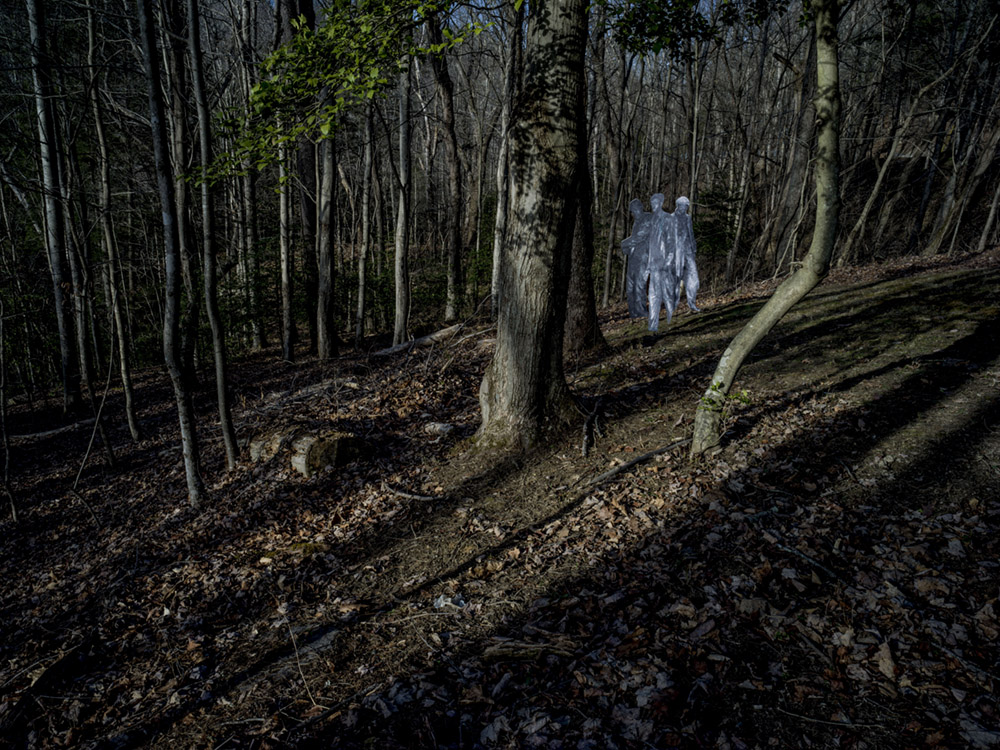
©Raymond Thompson Jr, Twelve Men, 2020.. from Appalachian Ghost, published by the University Press of Kentucky
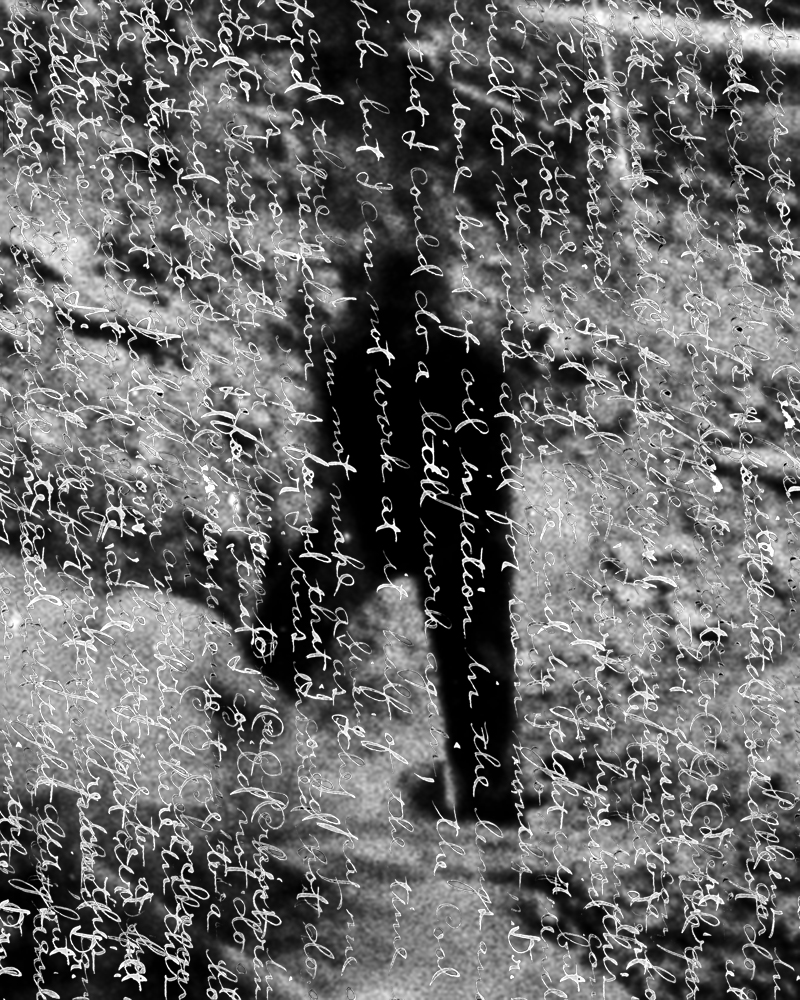
©Raymond Thompson Jr, The Erased 1, 2019. from Appalachian Ghost, published by the University Press of Kentucky
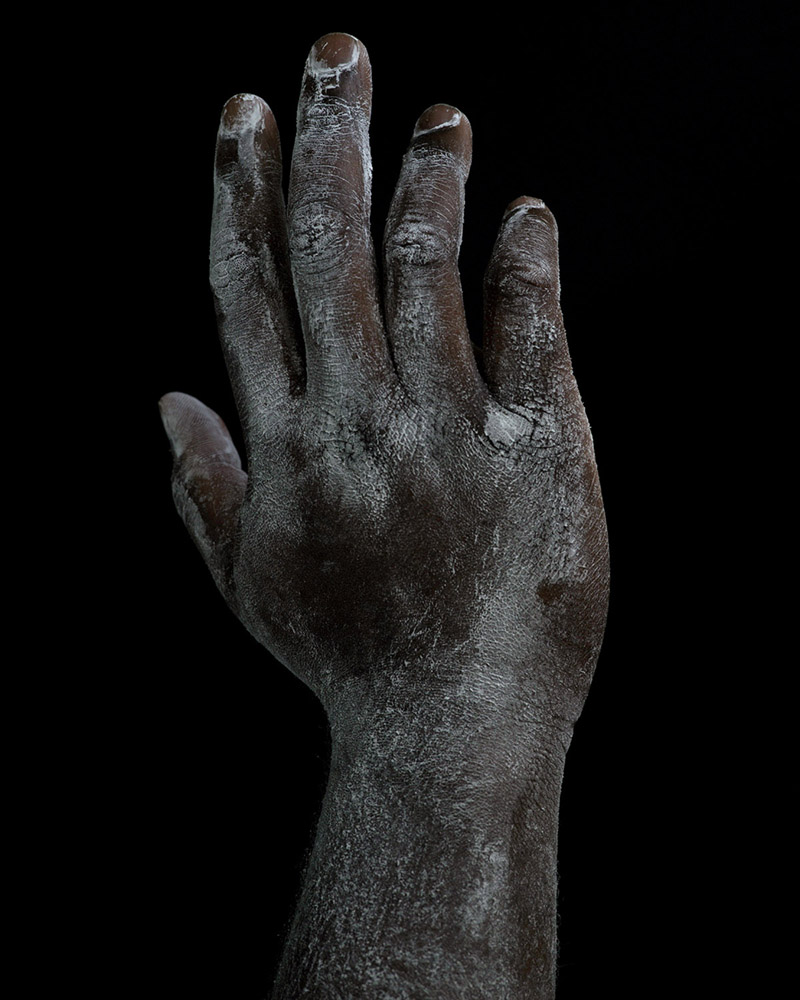
©Raymond Thompson Jr, Tunnelitis 1, 2019. from Appalachian Ghost, published by the University Press of Kentucky
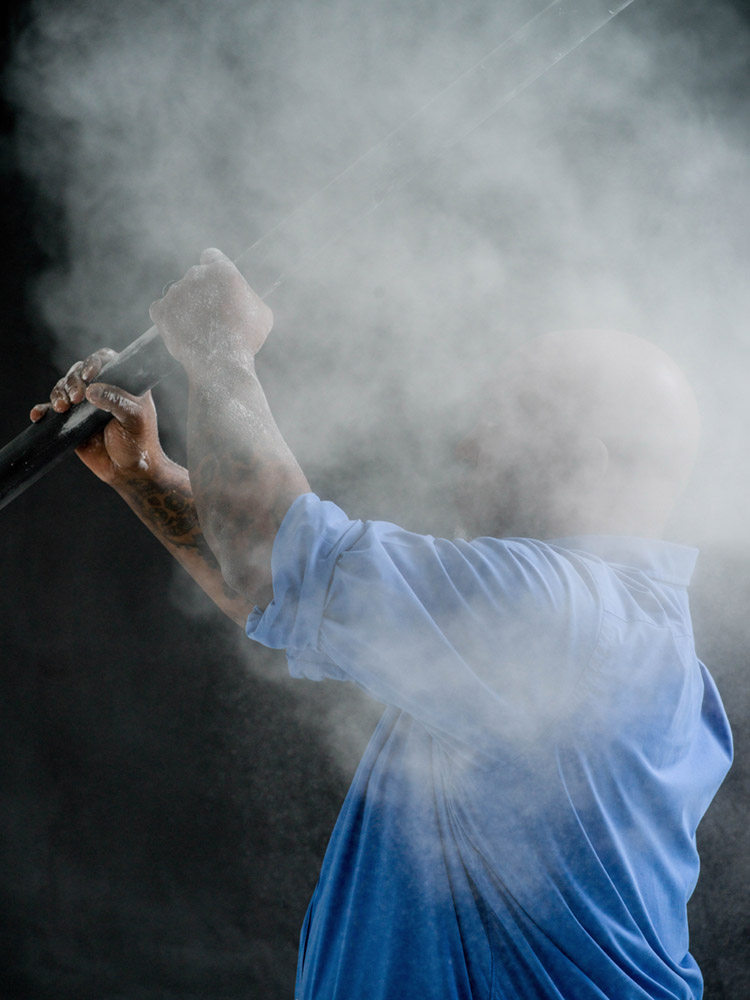
©Raymond Thompson Jr, The Dust 6, 2019. from Appalachian Ghost, published by the University Press of Kentucky
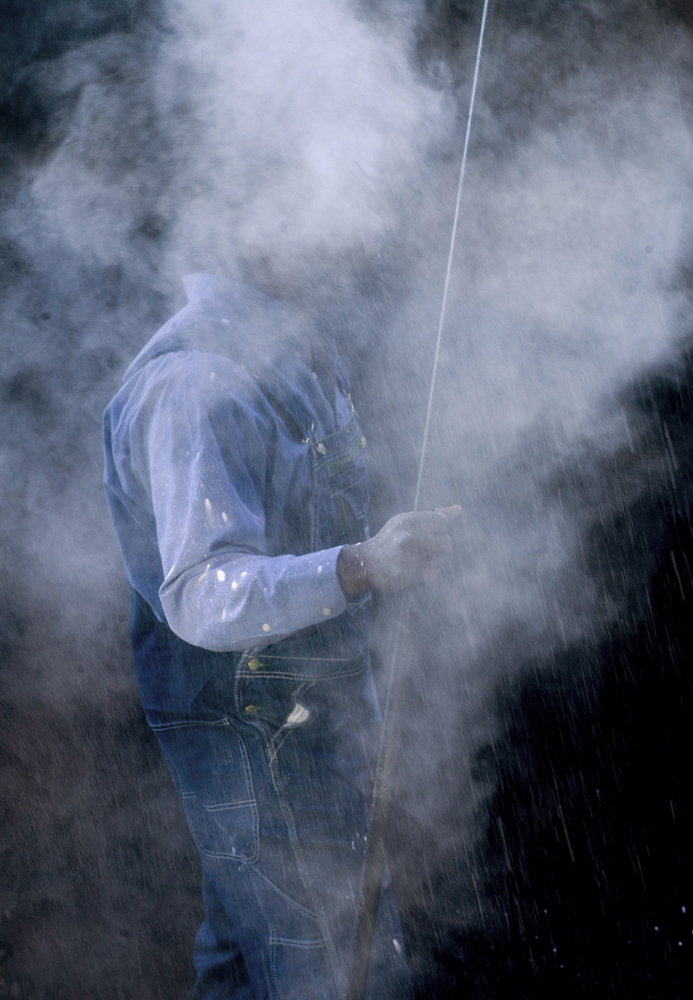
©Raymond Thompson Jr, The Dust 3, 2019. from Appalachian Ghost, published by the University Press of Kentucky
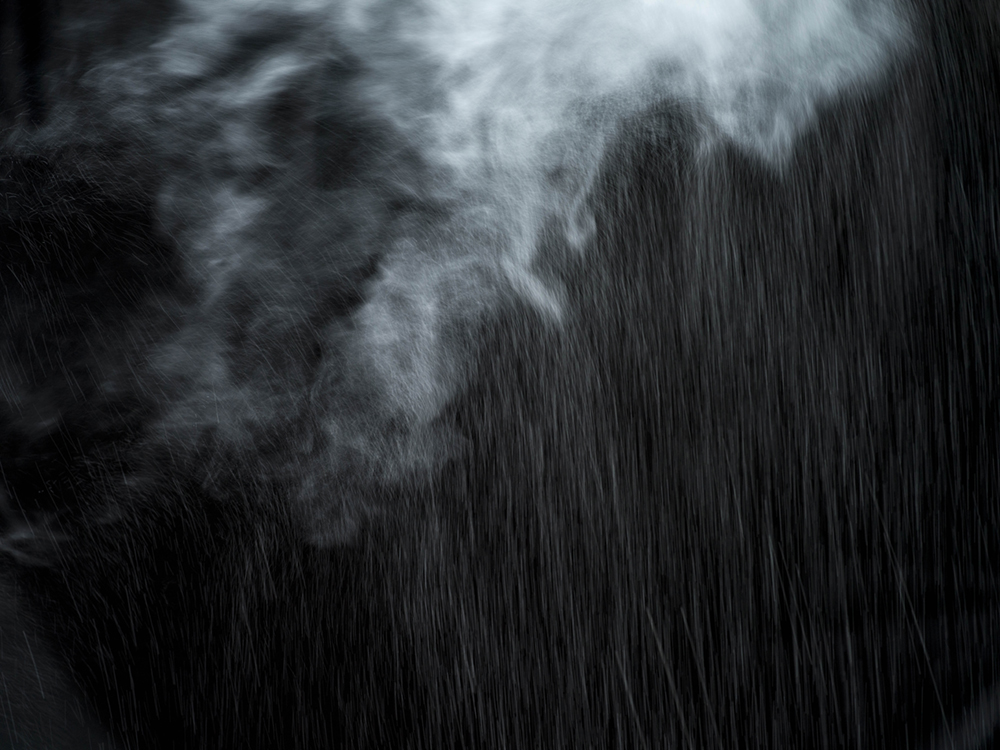
©Raymond Thompson Jr, The Dust 6, 2019. from Appalachian Ghost, published by the University Press of Kentucky

©Raymond Thompson Jr, Tunnelitis 7, 2019. from Appalachian Ghost, published by the University Press of Kentucky
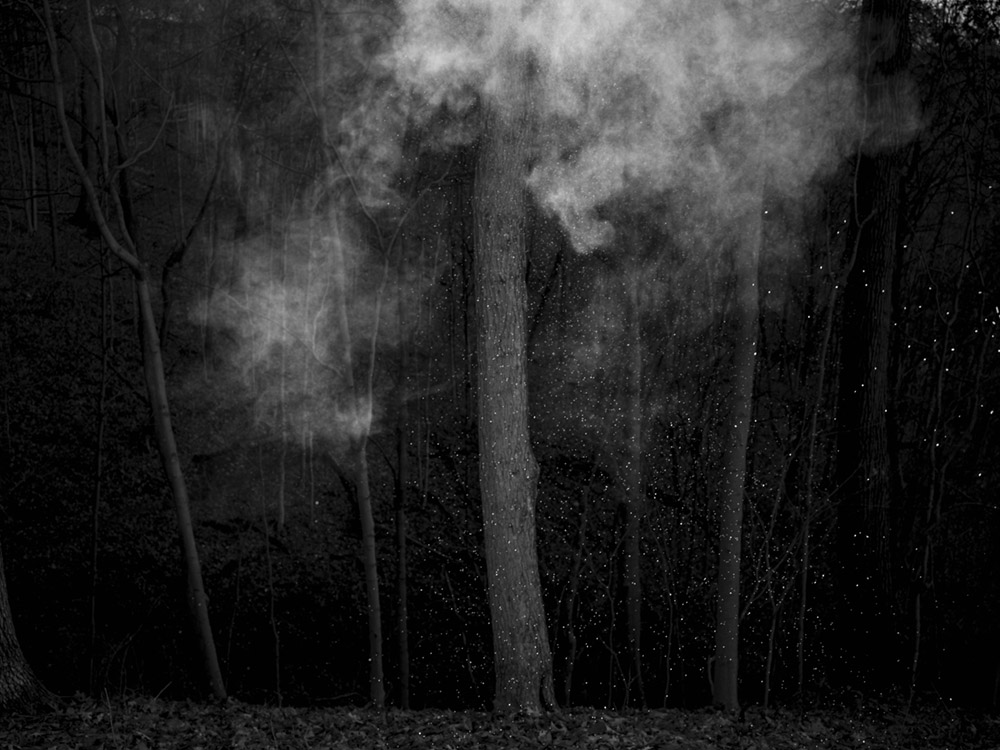
©Raymond Thompson Jr, Tunnelitis 6, 2019. from Appalachian Ghost, published by the University Press of Kentucky
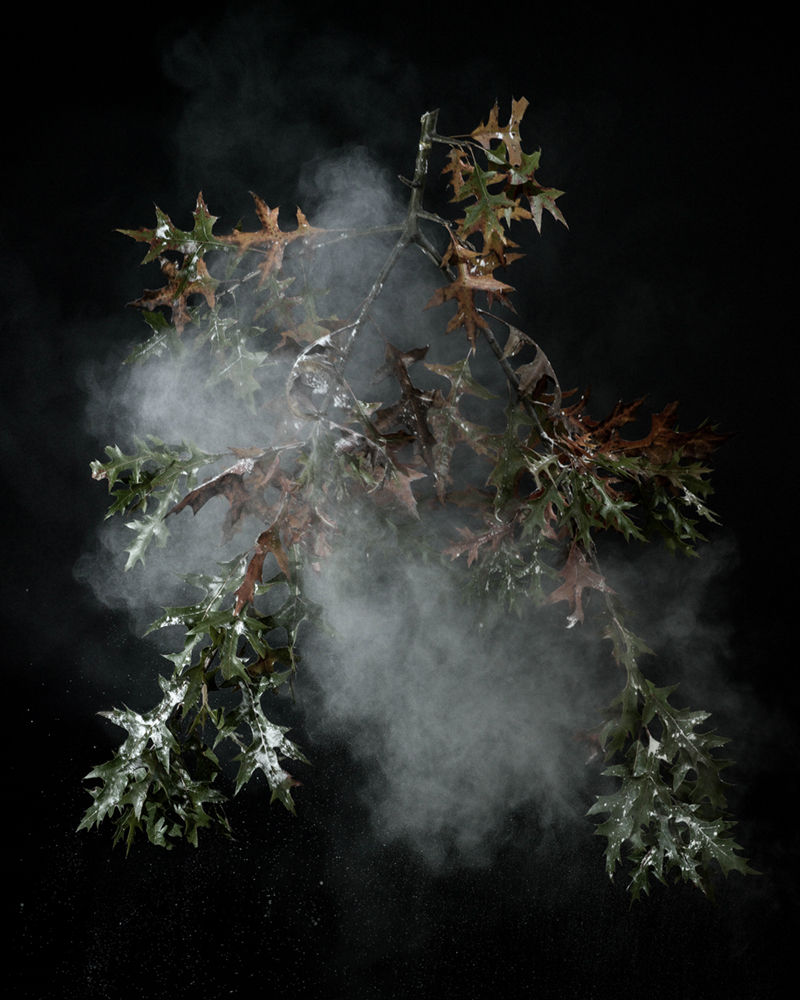
©Raymond Thompson Jr, Tunnelitis 2, 2019. from Appalachian Ghost, published by the University Press of Kentucky
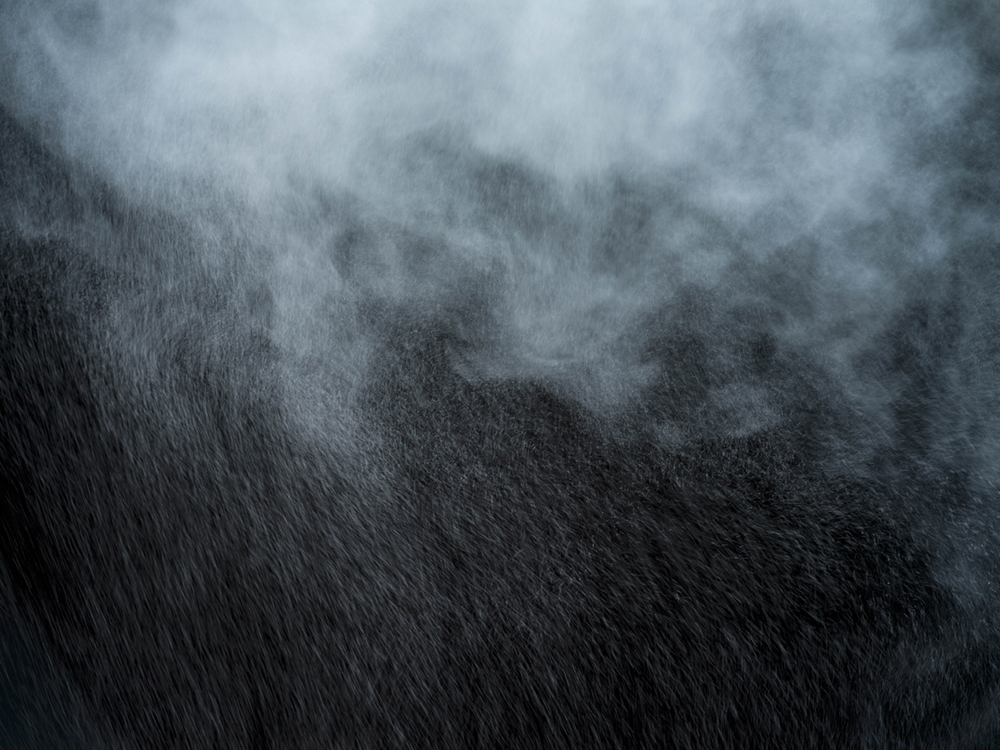
©Raymond Thompson Jr, The Dust 4, 2019. from Appalachian Ghost, published by the University Press of Kentucky
Posts on Lenscratch may not be reproduced without the permission of the Lenscratch staff and the photographer.
Recommended
-
Kinga Owczennikow: Framing the WorldDecember 7th, 2025
-
Richard Renaldi: Billions ServedDecember 6th, 2025
-
Ellen Harasimowicz and Linda Hoffman: In the OrchardDecember 5th, 2025
-
Linda Foard Roberts: LamentNovember 25th, 2025
-
Jackie Mulder: Thought TrailsNovember 18th, 2025

